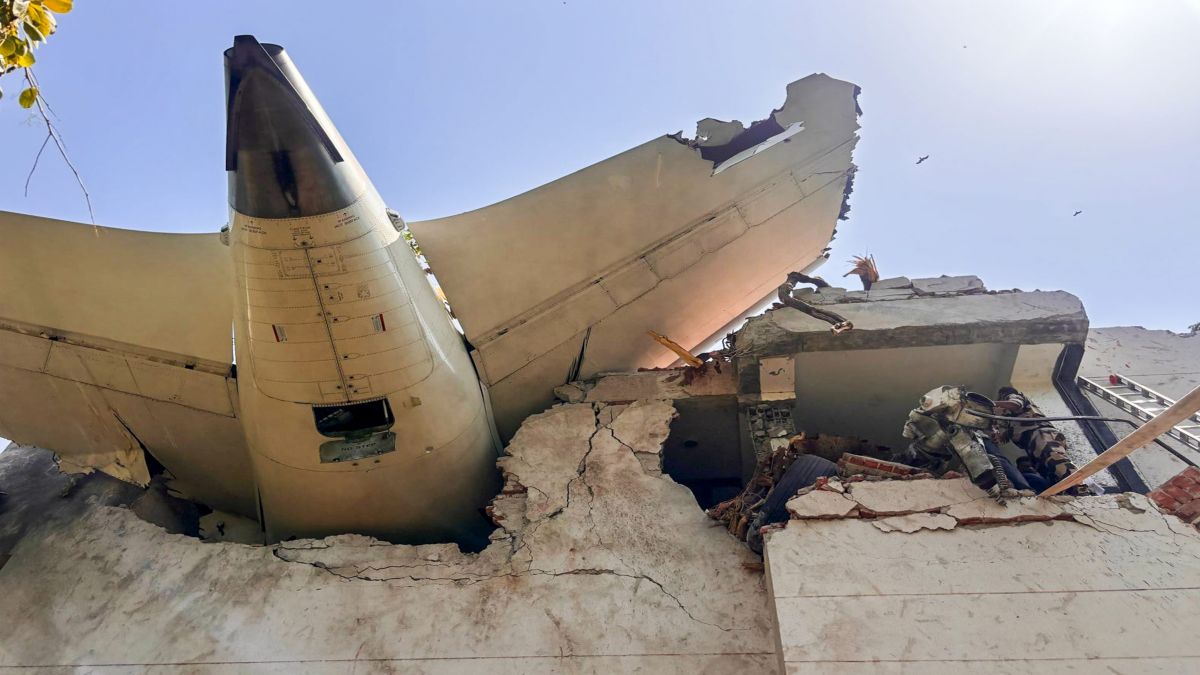Days after the preliminary report on Air India Flight AI-171, which crashed in Ahmedabad in June, highlighted the role of fuel switches, many airlines within India as well as abroad are now investigating this mechanism.
India’s aviation regulator, the Directorate General of Civil Aviation (DGCA), has ordered all airlines, which operate the Boeing’s 787 and 737, to check fuel control switch locking mechanisms on them by July 21.
Moreover, Etihad Airlines and other major airlines across the world have also started checking the locking mechanism in the fuel switches.
But why? What’s going on? We get you the answers.
Checks ordered for fuel switches in India and abroad
On Monday (July 14), the DGCA ordered all airlines to check fuel switch locking system in Boeing 787, 737 planes in the aftermath of the deadly Air India plane crash that killed 241 passengers on board.
The Indian aviation regulator has asked airlines to complete these checks by July 21, next Monday. Currently, only two Indian airlines operate these variants of the plane — Air India and IndiGo. An NDTV report states that Air India has completed checks on 50 per cent of the fleet in question with no malfunctions being found as of yet in the fuel switch’s locking mechanism.
Notably, Etihad Airlines and airline operators in South Korea have also been asked to carry out checks on fuel control switches. Korean Air Lines, in fact, on Tuesday, announced that it had begun inspecting fuel control switches and would implement any additional requirements the transport ministry may have.
Additionally, even Singapore Airlines have started the process. Bloomberg also reported that Oman Air has also completed checks on fuel switches, while Saudi is checking its jets.
Reasons for the checks
The DGCA’s order and the other checks being carried out comes after the Aircraft Accident Investigation Bureau’ s preliminary report, released last Saturday (July 12), stated that both of the Boeing 787 Dreamliner’s fuel-control switches moved to the “cutoff” position.
This led to the airplane’s engines being starved of fuel and lose power. Moreover, the cockpit voice recorder captured one pilot asking the other why he had cut off the fuel in the final moments before the crash. The other pilot responded that he had not done so, the report revealed, raising questions about the position of the critical engine fuel cutoff switches.
The report doesn’t clarify who or how the fuel switches jumped from “run” to “cutoff” just after takeoff.
Fuel control switches, located on the critical cockpit control panel, are used to start or shut down engines on the ground. What is very important to note here is that these switches cannot be accidentally or gently moved by pilots operating a flight. The fuel cutoff switches are spring-loaded to remain firmly in place. A pilot must first pull the switch up before moving it from the “run” to the “cutoff” position, or vice versa.
However, the US Federal Aviation Administration (FAA) had flagged a potential issue with fuel control switches on Boeing airplanes in 2018. In a Special Airworthiness Information Bulletin (SAIB), NM-18-33, indicated that there was a potential equipment malfunction with the fuel switches.
The bulletin had flagged the potential disengagement of the fuel control switch locking feature on certain models of Boeing aircraft, including 787s and 737s. In a recommendation, the FAA wrote, “Inspect the locking feature of the fuel control switch to ensure its engagement. While the airplane is on the ground, check whether the fuel control switch can be moved between the two positions without lifting up the switch. If the switch can be moved without lifting it up, the locking feature has been disengaged and the switch should be replaced at the earliest opportunity.”
What is notable is that at the time, the FAA did not consider it to be an unsafe condition. Moreover, the AAIB noted that the “airworthiness concern was not considered an unsafe condition” and Air India did not carry out the inspections as the “as the SAIB was advisory and not mandatory”.
The AAIB noted that the throttle control module was replaced on VT-ANB in 2019 and 2023. However, the reason for the replacement was not linked to the fuel control switch. There has been no defect reported pertaining to the fuel control switch since 2023 on VT-ANB,” the AAIB report says.
Notably, this is not the first time that airlines and regulators worldwide have stepped away from FAA directives to independently take decisions impacting flight safety. In 2019, various governments and regulators ignored the FAA after an Ethiopian Airlines Boeing 737 MAX aircraft crashed.
But it wasn’t just the US FAA that had issued a bulletin on the fuel switches in Boeing aircraft. It has now emerged that the UK Civil Aviation Authority warned about a similar fuel system flaw. On May 15, 2024, the UK regulator issued a directive to operators of five Boeing aircraft variants urging them to review and address a US Federal Aviation Administration Airworthiness Directive. The FAA directive had flagged fuel shutoff valve actuators, critical to preventing fuel leaks and engine shutdowns, as a potential safety concern.
The CAA notice explicitly listed the Boeing 737, 757, 767, 777, and 787 models and directed airlines to take mandatory action by either testing, inspecting, or replacing fuel shutoff valve actuators on affected planes as a precaution. Moreover, the safety notice specifically ordered daily checks of the fuel shutoff valves to mitigate any risks.
With inputs from agencies


)

)
)
)
)
)
)
)
)



